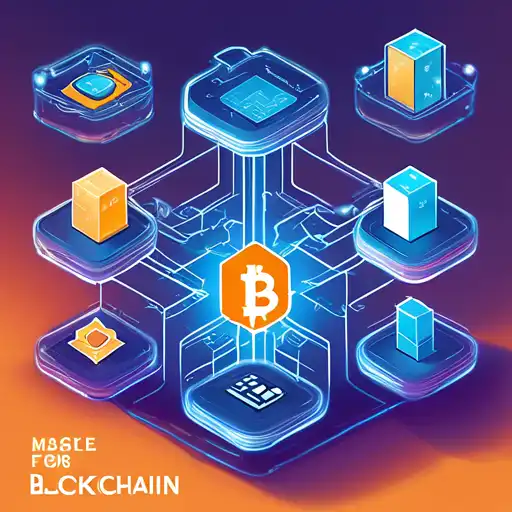What is Blockchain?
Blockchain technology is a decentralized digital ledger that records transactions across many computers in such a way that the registered transactions cannot be altered retroactively. This technology is the backbone of cryptocurrencies like Bitcoin, but its potential applications extend far beyond digital currencies.
How Does Blockchain Work?
At its core, a blockchain is a chain of blocks, where each block contains a list of transactions. These blocks are linked together using cryptography, ensuring the integrity and security of the data. Once a block is added to the chain, it is extremely difficult to alter, making blockchain a secure and trustworthy system.
Benefits of Blockchain Technology
Blockchain offers numerous benefits, including:
- Transparency: All transactions are visible to all participants, ensuring trust among users.
- Security: The use of cryptography and decentralization makes blockchain highly secure against fraud and hacking.
- Efficiency: Blockchain can streamline and automate processes, reducing the need for intermediaries and lowering costs.
Applications of Blockchain Beyond Cryptocurrency
While blockchain is synonymous with cryptocurrency, its applications are vast. Industries such as healthcare, finance, and supply chain management are exploring blockchain for solutions like secure patient records, faster cross-border payments, and transparent supply chains.
Getting Started with Blockchain
For beginners interested in blockchain, here are some steps to get started:
- Educate yourself on the basics of blockchain and how it works.
- Explore different cryptocurrencies and blockchain platforms.
- Consider investing in cryptocurrencies or developing blockchain-based applications.
Blockchain technology is revolutionizing the way we think about digital transactions and data security. By understanding its fundamentals, you can be part of this transformative technology.
Internal Links
For more information on related topics, check out our guides on Cryptocurrency Basics and Digital Security.
